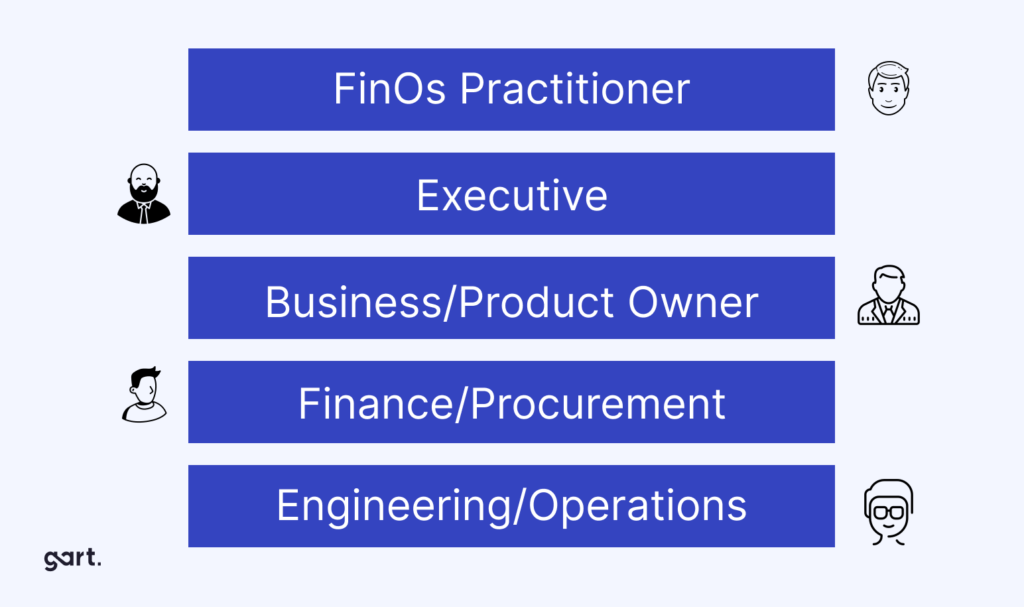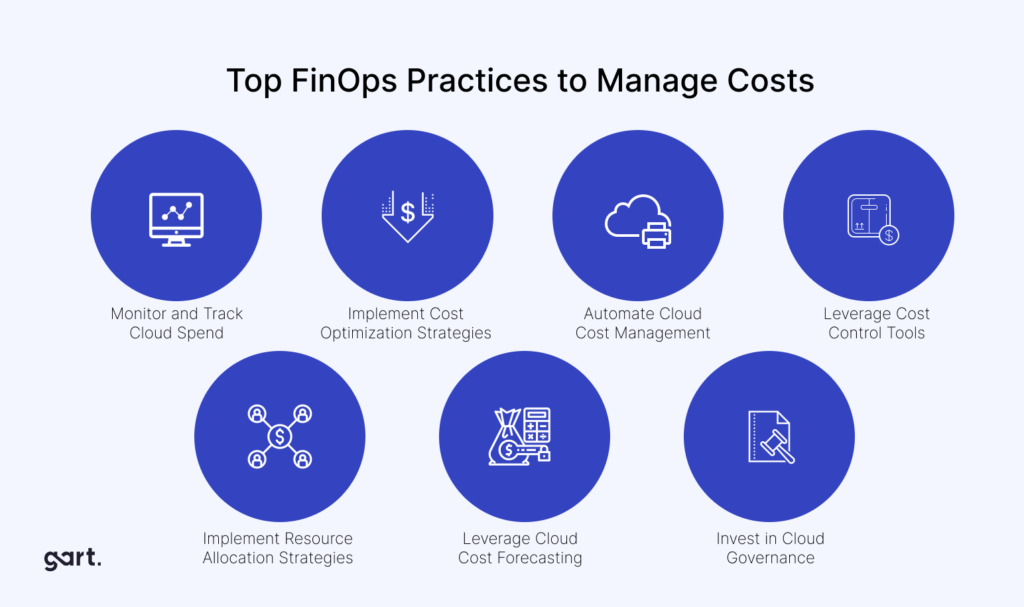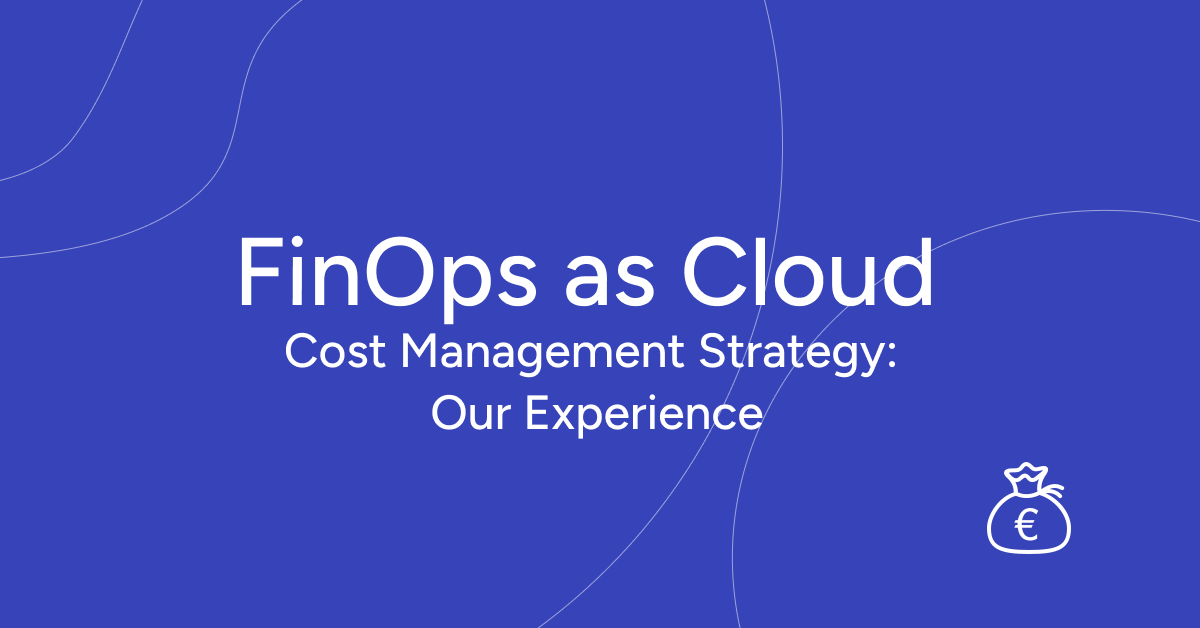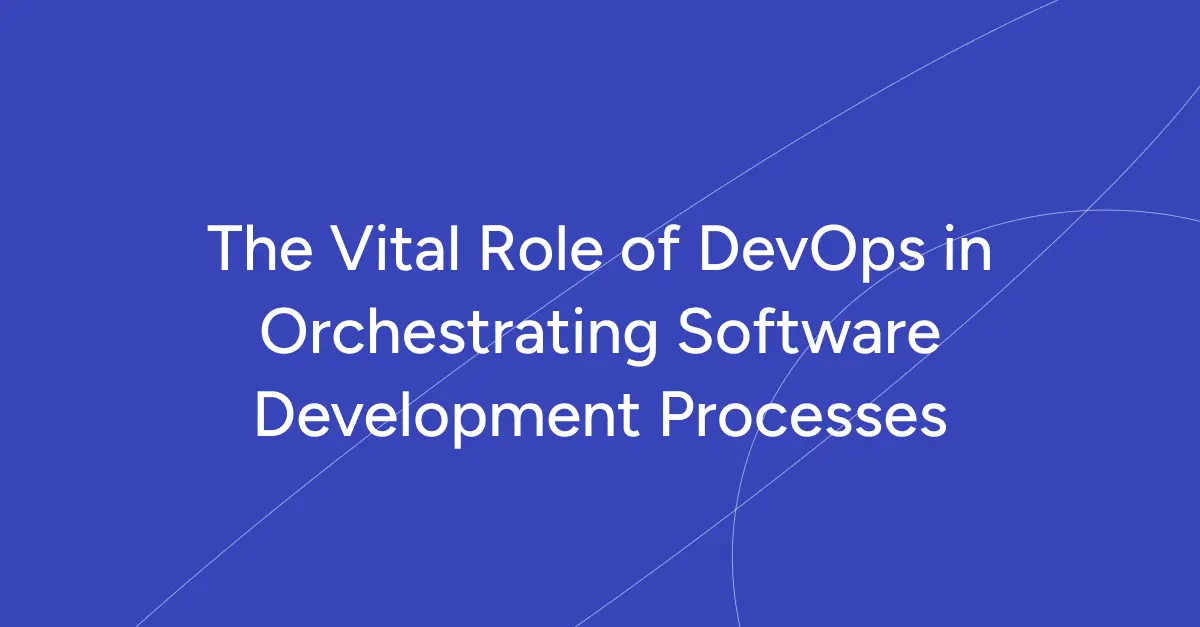FinOps culture empowers engineers and architects to think as business owners about cost and value at all stages of the application life cycle.
In this article, as a co-founder and cloud architect of Gart, I want to share my hands-on experience with FinOps automation and its role in creating an outsized impact on business outcomes (here is my LinkedIn page)
This material will be useful for anyone who works in cloud engineering, finance, procurement, and is interested in product ownership and leadership of the company.
Why Does Cost Management Matter?
In practice, most organizations have an unbalanced cost/resource structure that was created during the planning, deployment, and subsequent launch stages of a project. An unbalanced structure leads to additional margin loss and, in some cases, quality loss.
But with FinOps practice, each operational group can access the data they need to influence their costs in near real-time and make decisions based on it that will lead to efficient cloud costs balanced with service speed or performance.
Thus, FinOps as a service has a direct impact on the margins of an organization or project, allowing cross-functional teams (project owners, engineers, and management) to maximize the use of resources based on a budget but in real-time.
Who Is Involved in FinOps?
From finance to operations, developers, architects, and executives, everyone in an organization has a role to play.
Whether it’s a small business with a few employees deploying cloud resources or a large enterprise with thousands of employees, FinOps practices can be implemented throughout the organization at different levels.
The FinOps team generates recommendations, such as reconfiguring resources or committing to cloud service providers, that need to be considered by the organization.

Top FinOps Practices to Manage Cloud Costs
FinOps is an evolving practice that empowers organizations to manage their cloud expenses efficiently and fine-tune their financial operations. Below, we present some of the prime FinOps practices for proficiently controlling cloud costs:

1. Monitoring and Tracking Cloud Expenditure
The initial step in effectively overseeing cloud expenses is the vigilant monitoring and tracking of cloud spending. This entails gaining a deep understanding of the utilization patterns of various services, pinpointing the primary drivers of costs, and closely observing user trends. These actions are instrumental in uncovering areas ripe for cost optimization, identifying redundant resources, and recognizing underutilized services.
2. Implementing Cost Optimization Strategies
Once the key cost drivers have been pinpointed, the implementation of cost-efficiency strategies can commence. This involves harnessing discounts, making judicious use of spot instances, downsizing underused services, and eliminating superfluous resources.
Here are some recommendations to initiate this process:
- Scrutinize Your Company’s Expenditures
- Identify Sources of Squander and Inefficiency
- Rationalize Operational Procedures
3. Automating Management of Cloud Costs
Automation stands as the linchpin of cost control in the realm of cloud services. By automating key processes, organizations can expedite the discovery of cost-saving opportunities, automate the provisioning of resources, and streamline billing procedures. Automation plays a pivotal role in helping companies uncover and rectify inefficiencies in cloud cost management. For instance, it can facilitate real-time tracking of cloud resource utilization, enabling the identification and repurposing or termination of redundant or underutilized assets. Moreover, it can flag cost optimization prospects, such as discounts or incentives from cloud providers and potential strategies for economizing, such as resource scaling.
4. Leverage Tools for Cost Control
A multitude of cost control tools is at your disposal to facilitate efficient management of cloud costs. These optimization tools are adept at tracking usage patterns, establishing budgetary thresholds, and flagging opportunities for cost efficiency. Their design caters to empowering businesses with the capability to scrutinize and dissect their financial outlays. These tools enable meticulous expense tracking, identification of areas with potential for optimization, and the execution of cost-cutting measures.
5. Implementing Resource Allocation Strategies
Resource allocation proves pivotal in the effective management of cloud costs. The objective is to allocate resources in the most resourceful manner possible, taking into account usage trends and cost efficiency tactics.
6. Harnessing Cloud Cost Forecasting
The practice of cloud cost forecasting serves as a valuable resource for comprehending future cloud expenses and pinpointing areas ripe for cost reduction. This forward-looking approach aids in strategic planning and fosters more precise budgeting.
7. Investing in Cloud Governance
Establishing comprehensive cloud governance protocols is a foundational element in the realm of cloud cost management. This entails the formulation of rules and policies governing cloud utilization, the delineation of roles and responsibilities, and the diligent monitoring of compliance.
How to Set Up FinOps in Your Business?
Stage 1: Planning FinOps in the Organization
1. Gather Support: identify key stakeholders interested in increasing cloud margins.
Familiarize yourself with the opportunities for your organization with better resource and expenditure analysis.
2. Determine the required time for monitoring and supporting FinOps in your organization based on time and data flow cycles.
3. Plan target actions and require a team with the relevant skills for FinOps.
4. Make decisions regarding the collection and storage of cloud consumption data.
5. Think about reporting tools and data transmission for FinOps stakeholders.
Stage 2: Adoption of FinOps
FinOps is a cultural change that requires the involvement of various teams and individuals throughout the organization. Communication and feedback cycles aimed at encouraging the practice are crucial. The goal of this stage is to present the FinOps plan created in Stage 1 to stakeholders.
The presentation below helps communicate this clearly, easily, and quickly:
- Share a high-level activity roadmap of FinOps and the value it brings to different teams and projects.
- Understand cross-team challenges and explain/teach how FinOps can help address them.
- Establish a collaboration model between FinOps and key partners (IT domains, controllers, program teams).
- Create and implement a FinOps dashboard for key stakeholders and cross-functional teams.
Stage 3: Operational Phase
The FinOps lifecycle is built around a 3-stage model and has the same principles in each of them.
- Cross-functional teams must collaborate.
- Decisions are made based on cloud value for the business.
- Everyone takes responsibility for their cloud usage.
- FinOps reports should be accessible and timely.
- A centralized team manages FinOps.
- Leverage the benefits of the cloud model with variable expenses.
To prepare for a successful FinOps practice, certain criteria need to be met:
- Prepare a resource map or a list of resources in active projects, as specified in contracts and actively deployed environments.
- Track complete and up-to-date consumption data from all cloud providers.
- Enable cost analysis and expenditure forecasting for active projects.
- Ability to assess discrepancies between contractual (budgeted) and actual consumption levels.
- Reporting is the only way to provide information on cloud consumption discrepancies and offer recommendations for resource structuring or resizing. Data quality collected through APIs or proprietary cloud solutions, as mentioned earlier, is a critical prerequisite for the reporting process.
Top 3 FinOps Best Practices of Automation
1. Tag Management
After establishing a tagging standard for your organization, you can use automation to ensure compliance with this standard.
Start by identifying resources with missing or incorrectly applied tags, and then assign responsibility to rectify these tag violations. You can also proceed to stop or lock resources to compel owners to take action and potentially work on deletion or decommissioning policies for these resources.
However, resource deletion is a highly effective form of automation, so many companies may not reach this level of maturity immediately. It is advisable not to jump directly to resource deletion without addressing previous, less impactful levels of automation.
2. Scheduled Resource Start/Stop
Managing resources and automation allows you to schedule resource stoppages when they are not in use (e.g., outside of office hours) and then bring them back online when needed.
The goal of this automation is to minimize impact on teams while saving significant costs during hours when their resources are idle. This automation is often deployed in development and testing environments, where resource unavailability is not noticed outside of working hours.
You should ensure that the implementation allows team members to bypass scheduled actions in case they need to keep a server active during off-hours. Additionally, canceling a scheduled task should not completely remove the resource from automation but merely skip the current execution.
3. Usage Reduction
Automation for usage reduction eliminates waste of notifications to responsible team members for better cost optimization.
Automated resource data retrieval from services like Trusted Advisor (for AWS), third-party cost optimization platforms, or directly from resource metrics provides a straightforward way to send notifications to team members responsible for resources to investigate or, in some environments, allows for automatic resource termination or resizing.
Top Cloud FinOps KPIs
Answering the question of how to measure the success of FinOps program, from our experience, I can outline six main KPIs (but any KPI should be defined by your organization):
- Cloud Spend
This metric provides visibility into how much money you spend on cloud services to get a clear picture of your cloud spending and identify areas where else to save money.
- Cloud Utilization
This metric measures how efficiently you’re using your cloud resources.
- Cloud Availability
The metric measures cloud environment’s reliability and meeting performance expectations. Poor availability can lead to downtime and lost productivity.
- Cloud Security
Cloud Security measures the security of your cloud environment and helps you identify any potential threats.
- Cloud Adoption
Cloud Adoption measures the rate at which your organization is adopting cloud technologies.

Businesses can optimize their cloud investments and resource utilization by monitoring these five Cloud FinOps Key Performance Indicators (KPIs).
Furthermore, keeping an eye on these KPIs enables businesses to pinpoint cost-saving opportunities and enhance their cloud infrastructure.
Conclusion
In this article, we’ve covered the fundamentals of FinOps as well as how to set up Cloud FinOps practices in your business. By leveraging these capabilities, organizations can achieve greater cost visibility, financial control, and overall operational efficiency in their cloud environments.
Start your cloud FinOps journey with Gart’s FinOps Assessment. You will get a roadmap and a completely executable plan wherever you are on your cloud journey.
So, whether you’re implementing a full cloud operating model, or just managing your cloud cost, a collaboration with Cloud FinOps partner like Gart, drives your organization. Schedule a free consultation.
See how we can help to overcome your challenges









